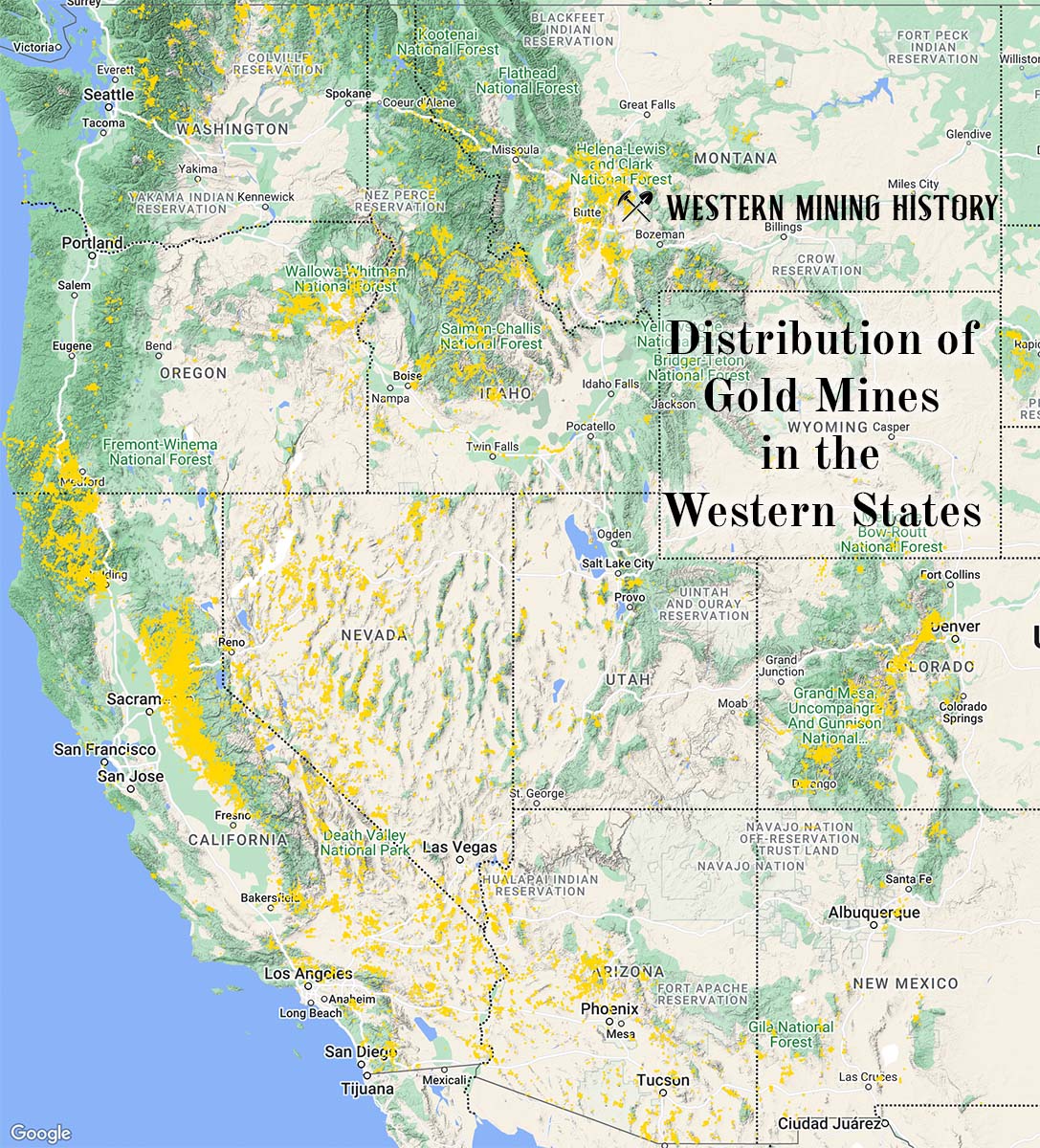The Carita is a copper mine located in Alaska.
About the MRDS Data:
All mine locations were obtained from the USGS Mineral Resources Data System. The locations and other information in this database have not been verified for accuracy. It should be assumed that all mines are on private property.
Mine Info
Carita MRDS details
Site Name
Primary: Carita
Secondary: Erhart
Secondary: Starlight
Commodity
Primary: Copper
Secondary: Barium-Barite
Location
State: Alaska
District: Ketchikan
Land Status
Not available
Holdings
Not available
Workings
Not available
Ownership
Not available
Production
Not available
Deposit
Record Type: Site
Operation Category: Prospect
Operation Type: Unknown
Years of Production:
Organization:
Significant:
Physiography
Not available
Mineral Deposit Model
Model Name: Polymetallic veins
Orebody
Not available
Structure
Not available
Alterations
Alteration Type: L
Alteration Text: Locally conspicuous iron staining. Probably local silicification, carbonatization, pyritization, and introduction of hydrothermal hematite.
Rocks
Not available
Analytical Data
Not available
Materials
Ore: Barite
Ore: Chalcopyrite
Ore: Galena
Ore: Pyrite
Ore: Sphalerite
Gangue: Quartz
Gangue: Siderite
Comments
Comment (Geology): Age = Late Triassic or younger.
Comment (Deposit): Other Comments = Early descriptions of the Carita group of prospects also refer to the Erhart and Starlight claims (Cobb and Elliott, 1980, p. 24).
Comment (Reference): Primary Reference = Brooks, 1902; Maas and others, 1995
Comment (Deposit): Model Name = Polymetallic veins (Cox and Singer, 1986; model 22c)
Comment (Workings): Workings / Exploration = Development work in the early 1900s included an opencut and a 50-foot tunnel (Brooks, 1902, p. 73). Maas and others (1995, p. 227) report that exploration of the Carita group by private interests in 1973-74 identified a zone of mineralized, siliceous breccia hosted by limestone, metavolcanic rocks (greenschist), and altered trondhjemite. The breccia includes quartz, barite, siderite, pyrite, galena, sphalerite, and chalcopyrite. The zone was defined by geochemical anomalies in soil samples, and by an induced polarization survey. Four holes, totalling about 200 feet, drilled to test the anomaly, indicated only minor copper mineralization. The richest 10-foot section assayed 0.28% Cu. Maas and others (1995, p. 229) were able to locate a 50-foot adit and a few small pits and trenches, but not the other adit and shafts reported in the area.
Comment (Geology): Geologic Description = Southern Gravina Island is underlain by an assemblage of undivided Silurian or Ordovician metamorphosed bedded and intrusive rocks; a stock and associated dikes of Silurian trondhjemite that cuts the metamorphic assemblage; and a sequence of Upper Triassic carbonate, clastic, rhyolitic, and basaltic strata that unconformably overlies the older rocks (Berg, 1973, 1982; Berg and others, 1988). In many places, the Triassic rhyolite and the rocks beneath it are permeated by microscopic particles of hydrothermal hematite, giving them a pink, purple, or red hue (Berg, 1973, p. 14). The country rocks in the area of the Carita prospects are cut by a complex system of high-angle faults that strike NE and NW, and by at least one thrust fault that dips gently northward (Berg, 1973, pl. 1).? Brooks (1902, p. 73) described the Erhart and Starlight claims. The Erhart prospect is a mineralized shear zone in porphyritic rock. The mineralization, chiefly chalcopyrite, extends over a width of 4-5 feet, but the richer parts are less than 2 feet thick. On the Starlight claim, the deposit is a quartz-chalcopyrite-pyrite breccia zone about 3 feet thick, apparently hosted by the same country rocks as the deposit at the Erhart prospect.?Wright and Wright (1908, p. 140) describe the Carita deposit only as a chalcopyrite-bearing quartz vein in calcic conglomerate.? Maas and others (1995, p. 227) report that exploration of the Carita group by private interests in 1973-74 identified a zone of mineralized, siliceous breccia hosted by limestone, metavolcanic rocks (greenschist), and altered trondhjemite. The breccia includes quartz, barite, siderite, pyrite, galena, sphalerite, and chalcopyrite. The zone was defined by geochemical anomalies in soil samples, and by an induced polarization survey. Four holes, totalling about 200 feet, drilled to test the anomaly, indicated only minor copper mineralization. The richest 10-foot section assayed 0.28% Cu. Maas and others (1995, p. 229) were able to locate a 50-foot adit and a few small pits and trenches, but not the other adit and shafts reported in the area.? the characteristics and setting of the Carita deposits indicate that they are polymetallic veins of Late Triassic or younger age.
References
Reference (Deposit): Brooks, A.H., 1902, Preliminary report on the Ketchikan mining district, Alaska, with an introductory sketch of the geology of southeastern Alaska: U.S. Geological Survey Professional Paper 1, 120 p.
Reference (Deposit): Wright, F.E., and Wright, C.W., 1908, The Ketchikan and Wrangell mining districts, Alaska: U.S. Geological Survey Bulletin 347, 210 p.
Reference (Deposit): Berg, H.C., 1973, Geology of Gravina Island Alaska: U.S. Geological Survey Bulletin 1373, 41 p.
Reference (Deposit): Elliott, R.L., Berg, H.C., and Karl, Susan, 1978, map and table describing metalliferous and selected nonmetalliferous mineral deposits, Ketchikan and Prince Rupert quadrangles, Alaska: U.S. Geological Survey Open-file Report, 78-73-B,17 p., scale 1:250,000.
Reference (Deposit): Cobb, E.H., and Elliott, R.L., 1980, Summaries of data on and lists of references to metallic and selected nonmetallic mineral deposits in the Ketchikan and Prince Rupert quadrangles, Alaska: U.S. Geological Survey Open-File Report 80-1053, 154 p.
Reference (Deposit): Berg, H.C., 1982, The Alaska Mineral Resource Assessment Program; guide to information about the geology and mineral resources of the Ketchikan and Prince Rupert quadrangles, southeastern Alaska: U.S. Geological Survey Circular 855, 24 p.
Reference (Deposit): Berg, H.C., Elliott, R.L., and Koch, R.D., 1988, Geologic map of the Ketchikan and Prince Rupert quadrangles, southeastern Alaska: U.S. Geological Survey Mineral Investigations Series Map MF-1807,27 p., scale 1:250,000.
Reference (Deposit): Maas, K.M., Bittenbender, P E., and Still, J.C., 1995, Mineral investigations in the Ketchikan mining district, southeastern Alaska: U.S. Bureau of Mines Open-File Report 11-95, 606 p.
The Top Ten Gold Producing States

These ten states contributed the most to the gold production that built the West from 1848 through the 1930s. The Top Ten Gold Producing States.